Museums and Heritage
Observing how societies, systems, ideologies, governments, cultures, and technologies functioned in the past to understand better how they operate now; converging for thinking, reflecting, gaining knowledge, and deriving pleasure; experiencing the arts, heritage, and activities that represent the stories and people of the past and present; returning to your roots and discovering who you really are; this is the true purpose of heritage travel.
Through this series of articles, I intend to share our stories and experiences of traveling to museums, cultural, and heritage sites across the globe with our fellow photography and travel enthusiasts. I hope they help you plan your culture and heritage travels!
The Dutch have a knack for throwing a good party. The nation celebrates everything life has to offer with an amazing number of festivals every year. There is an event to suit every taste and mood, whether you enjoy music, art, or cuisine!
Towering 30 meters (100 feet) above the Forth and Clyde Canal in central Scotland, and weighing more than 300 tonnes each, The Kelpies are the largest equine sculptures in the world. These twin horse-head statues, designed by Scottish sculptor Andy Scott, stand as a modern tribute to Scotland’s rich mythological and industrial heritage. Unveiled in 2014, The Kelpies have since become a symbol of the country's artistic spirit, a beacon of local pride, and one of Scotland’s top visitor attractions. But these aren’t just horse statues. They are living steel metaphors - part myth, part machinery, and entirely mesmerizing!
Set amidst the rolling plains of Wiltshire, Stonehenge stands as one of the world’s most iconic and enduring mysteries. These towering stones, some weighing up to 25 tons, arranged in an almost celestial pattern, continue to fascinate archaeologists, historians, and travelers alike. As much as it is a monument to ancient engineering, it is also a spiritual and symbolic landscape that holds stories spanning thousands of years.
The nostalgic Hergé Museum, housed in an inventive building in the small town of Louvain-la-Neuve in the French-speaking Wallonia region of Belgium, about 20 km southeast of Brussels, celebrates Georges Remi (1907–1983), alias Herge, the multitalented creator of comic-strip hero Tintin with an engaging, and extensive exhibition. It is a site that serves as both a shrine to avid Tintinologists like us and an appropriately artistic tribute to one of Belgium’s greatest creative personalities. So let’s explore it together!
Welcome to the unique ice sculpture exhibition Art Below Zero Amsterdam, where top ice artists (also known as ‘carvers’) from across the globe come together to transform 500 tons of ice and snow into 135 breathtaking artworks that honor Amsterdam's colorful past and rich cultural legacy. Featuring breathtaking ice sculptures, an audio tour, a 4D experience, and entertainment for all ages, it is the largest ice exhibition in Europe that commemorates the city's 750th anniversary!
Welcome to a magical frosty wonderland where ice crystals melt your heart; where world’s top 45 ice artists (also known as ‘carvers’) from 16 different countries come together to transform 550 tons of ice and snow into 100 breathtaking artworks. Welcome to the Dutch Ice Sculpture Festival!
Before we begin our story today, let me ask you a “Did you know?” question. Did you know that the world’s largest Charles Dickens Festival takes place in the Netherlands, and not the UK? And that too it is just a fan festival without having any documented historical connection to the author? If you didn’t, then this article is for you!
Every year in November, the otherwise industrial city of Eindhoven transforms into a magical fairy tale of light, known as GLOW Eindhoven. This annual light art festival attracts thousands of visitors from all over the world who come together to enjoy the breathtaking open-air exhibition of innovative light artworks created by international artists using new media technologies, such as computers, sensors, animations, and projections. The fusion of art, technology, and architecture creates a bewitching experience for visitors of all ages.
Kali Puja, also known as Shyama Puja, is a major annual Hindu festival that is celebrated in the Indian states of West Bengal, Bihar, Jharkhand, Assam, Odisha, Tripura, and the neighboring nations of Bangladesh and Nepal on the new moon night (Dipannita Amavasya) of the month of Kartik on the Indian calendar (which falls between October and November on the Gregorian calendar) to commemorate the victory of Hindu Goddess Kali (the fiercest form of Goddess Durga who is regarded as ‘Adi Shakti,’ the primordial cosmic energy) against the demons Chand, Munda, and Raktabija as a part of a greater war between Goddess Ambika (Durga) and the demons Shumbha and Nishumbha.
While the glitzy cityscapes are fascinating, the true essence of Dubai lies deep among the desert's red sand dunes, and the best way to experience it is the desert safari. You will feel the thrill of the desert and discover the traditions and culture of the ancient Bedouins who once lived in the dunes. So, in a nutshell, Desert Safari Dubai combines adventure, nature, and culture which is why it is one of the highlights of Dubai tourism. Today, I’m going to share our experience of Desert Safari Dubai with you. Let the journey begin!
One of the biggest mosques in the world, the Sheikh Zayed Grand Mosque, located in Abu Dhabi, the capital city of the United Arab Emirates is a vast architectural masterpiece that purposefully combines elements of several Islamic architectural styles. It is the largest mosque in the United Arab Emirates, the third largest in the world, and the main site of worship for daily Islamic prayers. The Grand Mosque has been a major stop for visiting visiting foreign leaders during official state visits to the United Arab Emirates. Among the notable guests are former US Vice President Joe Biden and Indian Prime Minister Narendra Modi.
Today I’m going to tell you a remarkable tale! A tale of human craftsmanship, envisioned by a Hindu hermit, designed by a Catholic lead architect and a Buddhist foundational designer, managed by a Sikh, and constructed by a team of Jains and Parsis (Zoroastrians) on a land gifted by a Muslim leader. Welcome to BAPS Hindu Mandir Abu Dhabi!
Many nations have windmills, but the Netherlands has so many of them and they are such a significant part of the nation's industrial and cultural legacy that many people throughout the world associate windmills with the country. From the Middle Ages onward, windmills have been a defining feature of the Dutch countryside. In the heyday of the windmills during the 19th century, there were roughly 9,000 windmills in the country. Even though the Industrial Revolution replaced windmills with steam, diesel, and later electricity, over 1,000 antique windmills, many of which are still operational, still stand throughout the Netherlands thanks to historic preservation initiatives. Today, along with cheese, tulips, and clogs, they are among the most well-known images of Holland. For this reason, visiting a windmill has to be at the top of your travel itinerary when visiting the Netherlands.
A vast ocean of endless tulip fields, medieval windmills, charming canals, modern bicycle lanes, and postcard-perfect countryside - these are the images that appear in our minds when we think of the Netherlands. However, we tend to forget that the Netherlands also has its fair share of castles and palaces thanks to the royal families and nobilities who shaped the rich history of the country over the ages. Many of these were built during the medieval times either as defensive structures or luxury residences. Over the years, the purpose of these castles and palaces has changed, and today, they’ve turned into government offices, museums, and tourist attractions, where visitors come to admire the architecture, art collections, and gardens.
At first glimpse, the Dutch royal family’s Versailles-like handsome baroque summer palace of ‘Het Loo’ (meaning “clearing in the woods”) seems just as it was when it was built during the 17th century in the middle of the woodlands of Apeldoorn, in the province of Gelderland in the Netherlands. But 10 meters underneath the courtyard, an injection of engineering expertise spanning 5,000 square meters and costing €171m has created an extraordinary underground Spanish Macael marble museum that showcases the history of the House of Orange.
Muiderslot (or Muiden Castle) is the Netherlands's oldest and best-preserved medieval castle. One of the most well-known castles in the Netherlands, it has appeared in numerous Middle Ages-themed television programs. Situated at the mouth of the Vecht River in Muiden, where it flows into the IJsselmeer Lake that used to be the Zuiderzee, the castle has a lengthy and stormy history. It was completed in 1285 by Count Floris V. The eminent author, poet, and historian PC Hooft resided there in the 17th century. It’s a fantastic place to spend a day with your family exploring the castle and the surrounding grounds that host a restored plum orchard, vegetable, and herb garden!
If Gregory Peck got lost trying to find the bathroom just next to his bedroom on his first visit to Kasteel de Haar in 1960, you know there must be something special about this castle. To be honest, most apartments in central Amsterdam are smaller than the average bathroom in this medieval castle. And with ornate furnishings across the rooms, corridors, and bathrooms, it’s easy to imagine that it may have been quite tedious for him to find the switch of the light, especially in the dark!
The Fort de Roovere near the town of Halsteren located in the municipality of Bergen op Zoom within the province of Noord-Brabant is one of the largest forts of the West Brabantse Waterlinie (West Brabant Waterline). The main attraction of the Fort de Roovere is the miraculous Moses Bridge (Mozesbrug) where you walk below the water level, but your feet remain dry! Since the structure appears to divide the moat's waters, it has derived its name ‘The Moses Bridge’ from the Biblical reference of Moses parting the Red Sea with his staff during the Exodus of the Israelites. The Union of Dutch Architects, or BNA, recognized the Moses Bridge as the ‘2011 Build of the Year.’
Dubbed as the ‘Nerd’s Paradise,’ the interactive Bonami SpelComputer Museum in Zwolle dedicated to the history of gaming and computers, houses the largest collection of game consoles and computers in the Netherlands starting from the 1950s along with a huge amount of boxed video game floppies, CDs, DVDs, merchandise products, and collector items to admire.
King's Day is probably one of the most popular and flamboyant celebrations in the Netherlands. Every year on April 27 (or the day before if it falls on a Sunday), the Dutch celebrate their King Willem-Alexander's birthday as a national holiday with a lot of music, dancing, flea markets, and fun fairs all over the country. If you happen to be in the Netherlands, you can’t miss this event!
Being the largest exporter of flowers globally and accounting for two-thirds of the world's total floral sales, the Netherlands is aptly dubbed as the ‘Land of Flowers.’ Therefore, it goes without saying, that spring is the most beautiful time in the Netherlands. When the bulbs start blooming in the endless array of flower fields, the entire country transforms into a vast ocean of flowers. It starts in mid-March with cherry blossoms, crocuses, daffodils, and hyacinths. And as the famous tulips blossom in mid-April, the whole country gets ready for the biggest spring festival named ‘Bloemencorso (Flower Parade) Bollenstreek (Bulb Region)!’
Schokland, the first Dutch site on the UNESCO List of World Heritage Sites, located in the current province of Flevoland, was a peninsula in the Netherlands since prehistoric times. But since it was primarily a soft peatland, it suffered greatly from the frequent floods from the Zuiderzee which was an inland sea in the northern part of the Netherlands that existed from approximately the beginning of the late Middle Ages. In the 15th century, the Zuiderzee crept into a part of the land of Schokland and cut it off from the mainland converting it into an island. Post that inhabitants again occupied it. However due to continued flooding of the sea, the residents had to leave the island regularly, and it had to be permanently evacuated in 1859.
There is an inherent fascination with things that are outside the norm for many people. The widespread appeal of the Guinness Book of World Records is living proof of this. Therefore, for something to be the tallest, largest, oldest, greatest, or tiniest is a great thing for business. As a result, a few locations claim or market themselves to be "smallest” in the Netherlands which is driven by the local merchants and the chamber of commerce supporting them. And then naturally, it also means, there will always be an element of ambiguity in these kinds of claims. Today I’m going to talk about two such “smallest” settlements in the Netherlands. Let the journey begin!
Before we begin our story today, let me ask you a “Did you know?” question. Did you know that there are Stonehenges in the Netherlands? And that they are older than the English Stonehenge and the Egyptian Pyramids? And that too not just 1, but 54? If not, this article is for you. In this article, I’m going to demystify the prehistoric Hunebedden (meaning giant beds in Dutch) for you. So without further delay, let me share with you the intriguing story of the Hunebedden or Dolmens of the Netherlands.
Dolfinarium Harderwijk in the Netherlands is the largest marine mammal park in Europe that interactively brings humans and nature closer together. Here, you can see charming bottlenose dolphins, naughty porpoises, enormous walruses, roaring sea lions, and stumbling seals performing up close in a variety of shows. You can even get to pet some sharks and rays! It also features 4 fantastic playgrounds and the magnificent water park ‘Waterpret.’ Today, around 600,000 people visit Dolfinarium every year.
A Dutch visual artist, philosopher, and landscape architect (who liked to call himself ‘Ecotect’) Louis Guillaume Le Roy (1924–2012) is credited with coining the term ‘Eco-cathedral.’ The name is made up of two elements, ‘Eco’ standing for the natural world, and ‘Cathedral’ for the culture. He intended this to convey the idea that culture and environment should coexist. They are interdependent; their relationship is symbiotic.
Durga Puja, also known by the names Durgotsava or Sharodotsava, is a major annual ten-day Hindu festival that is celebrated in the Indian states of West Bengal, Bihar, Assam, Odisha, Tripura, and the nation of Bangladesh during the month of Ashwin on the Indian calendar (which falls between September and October on the Gregorian calendar), to commemorate the victory of the Hindu Goddess Durga (who is regarded as ‘Adi Shakti,’ the primordial cosmic energy) against the shape-shifting demon Mahishasura after a ten-day war.
Since before the advent of Christ, the Dutch have been associated with cheese. Researchers have uncovered pieces of cheese-making machinery that date back to 200 BC. Due to the Netherlands' lush environment, which was ideal for cattle rearing, cheese-making had become an integral part of Dutch culture by the Middle Ages. Markets for cheese grew briskly, and communities with weighing privileges were able to construct ‘Weigh Houses’ and enjoyed unique status.
The UNESCO World Heritage Windmills of Kinderdijk shine like bright beacons against the dark evening skies during Illumination Week (which happens every year around the first or second week of September), when they literally shine a spotlight on each of the nineteen mills. This is a once-in-a-lifetime opportunity for photographers looking for truly unique photographs. This year it will even be the 50th edition. During this week you can follow various workshops, visit windmills and go on a boat tour.

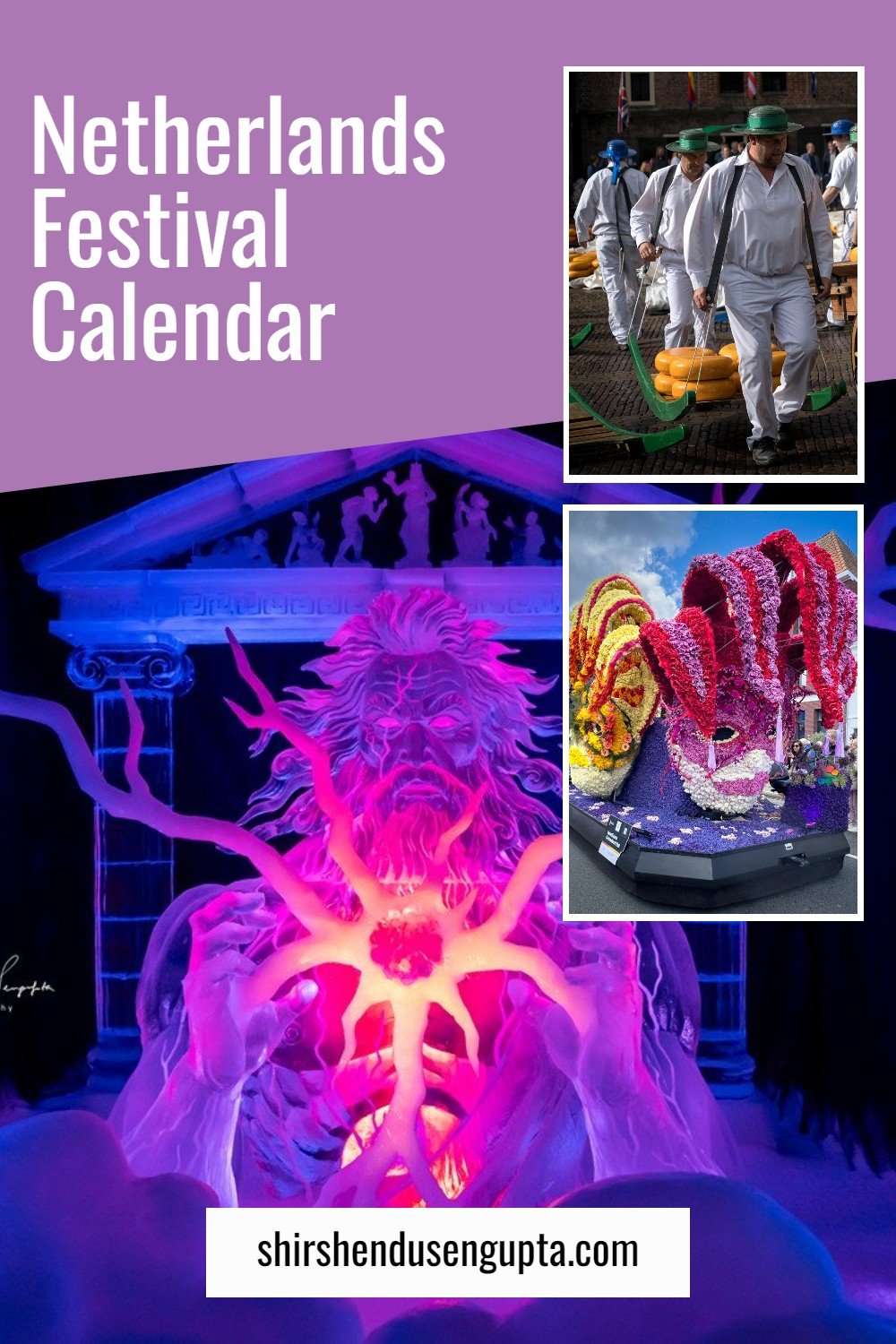

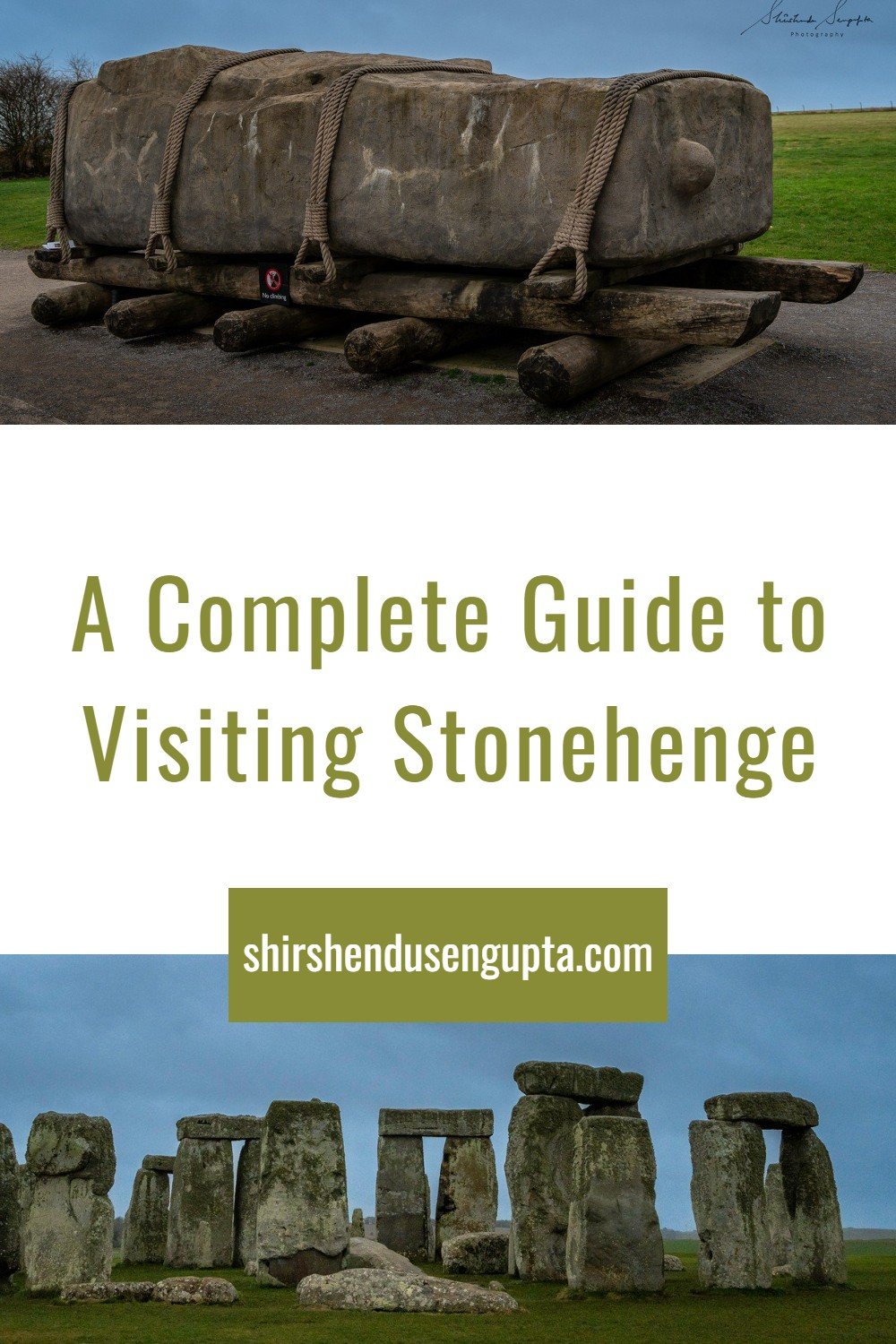

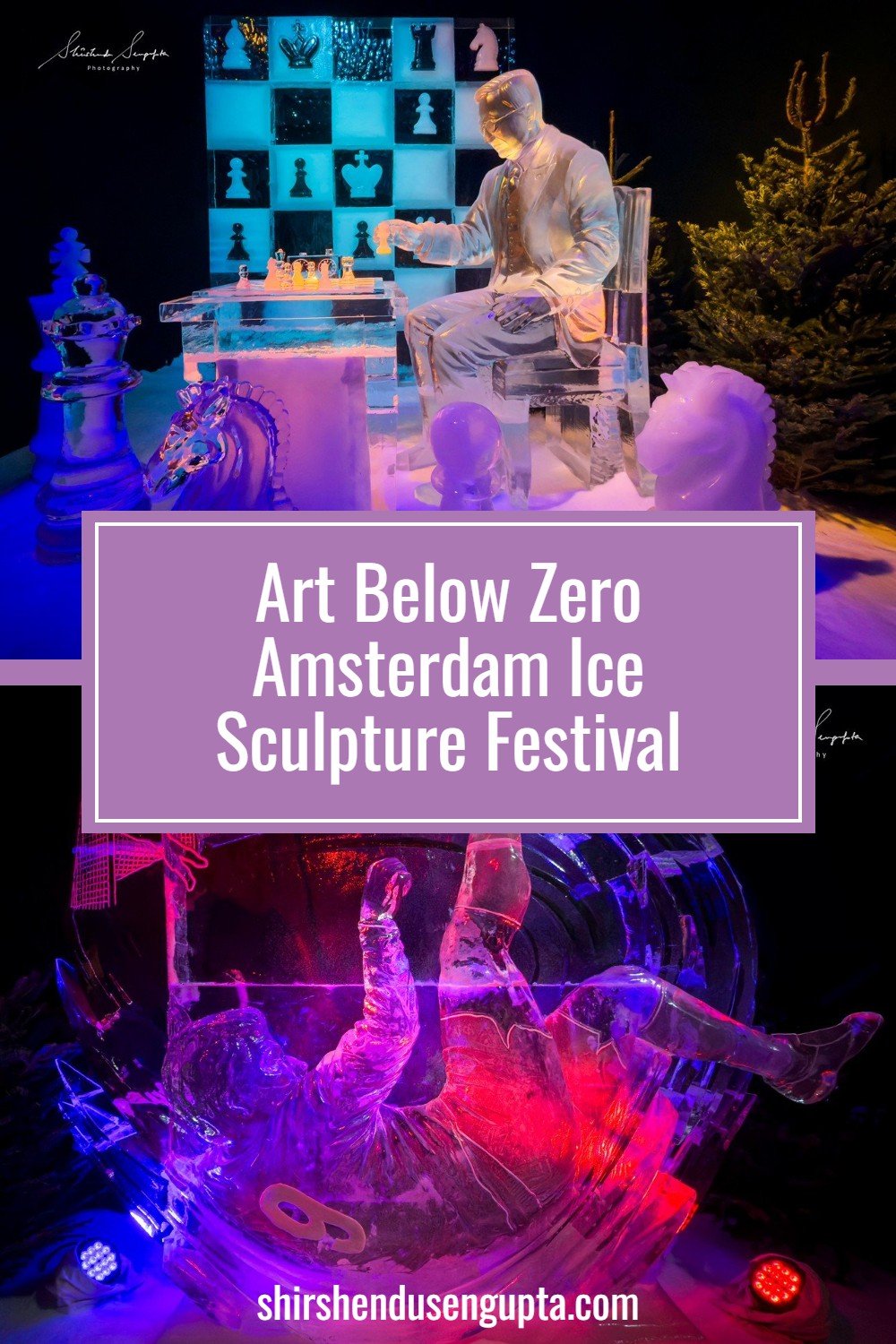
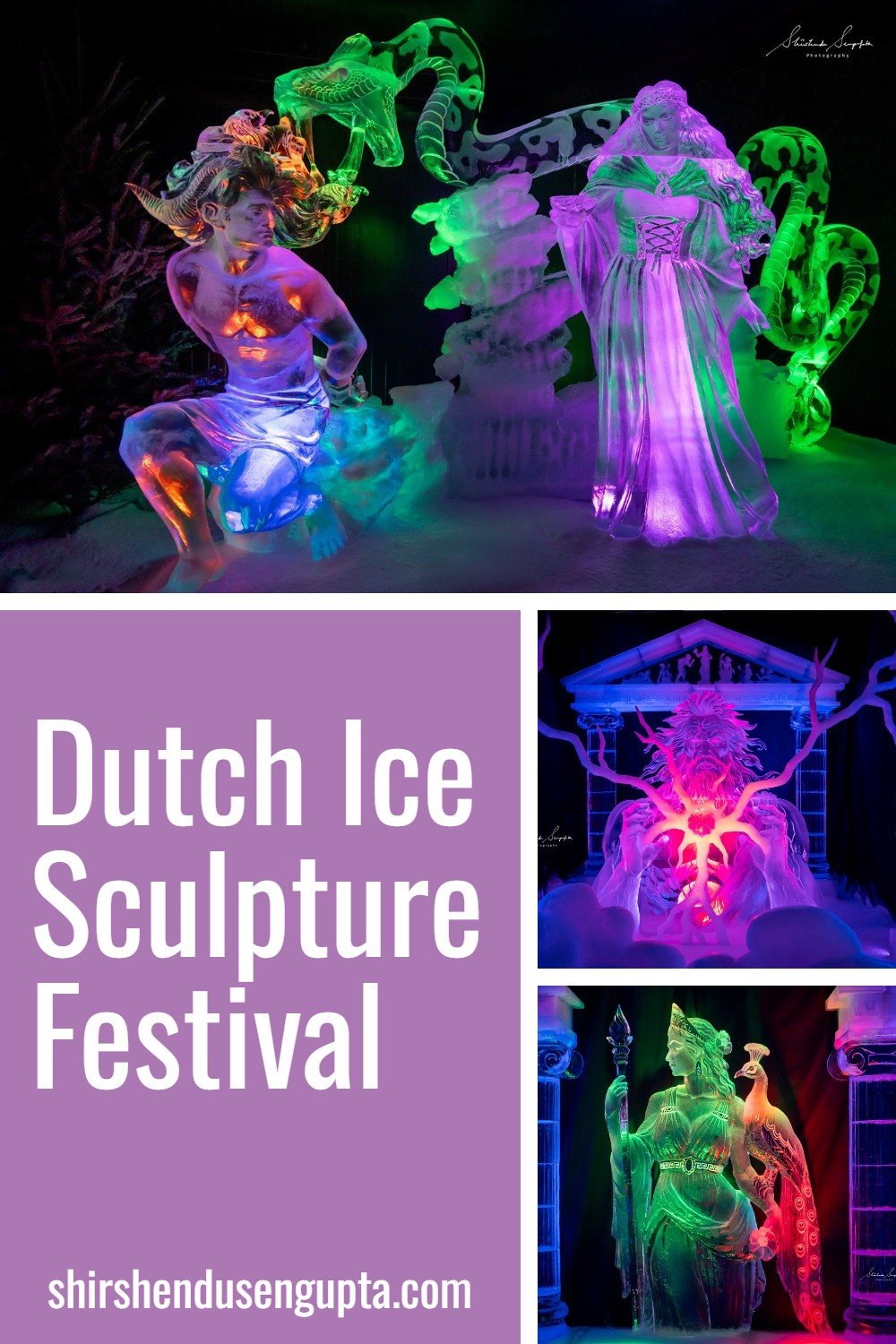

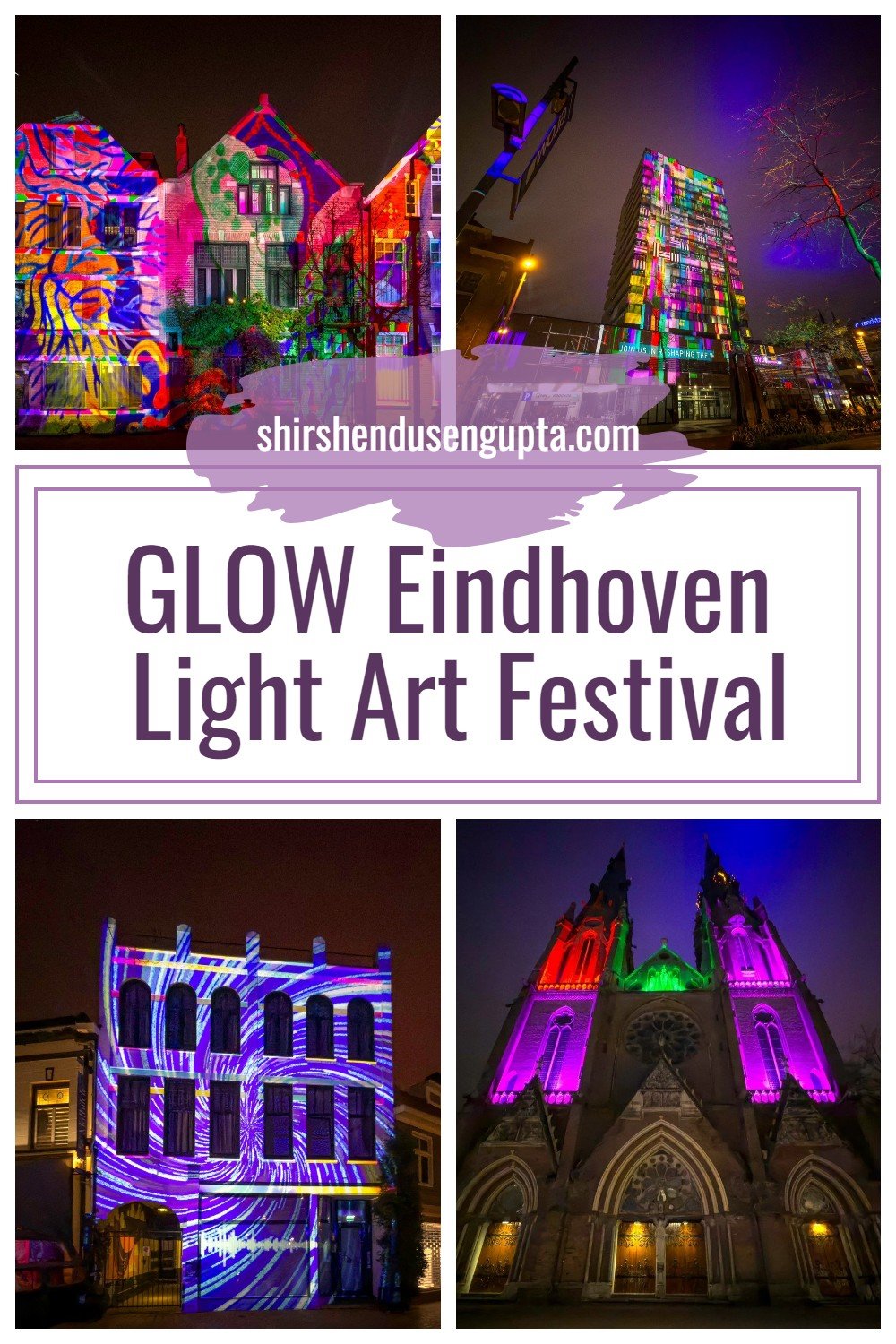
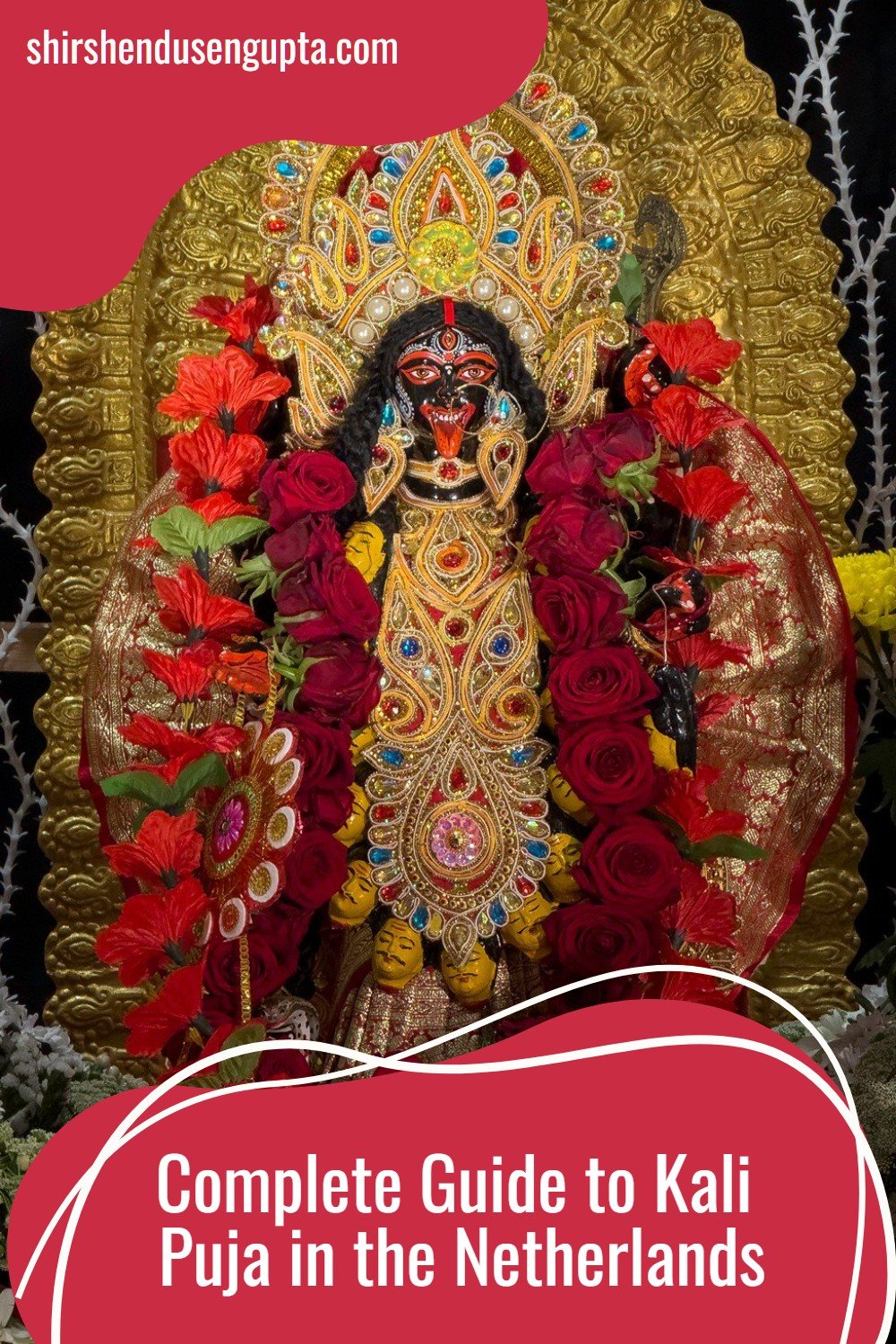
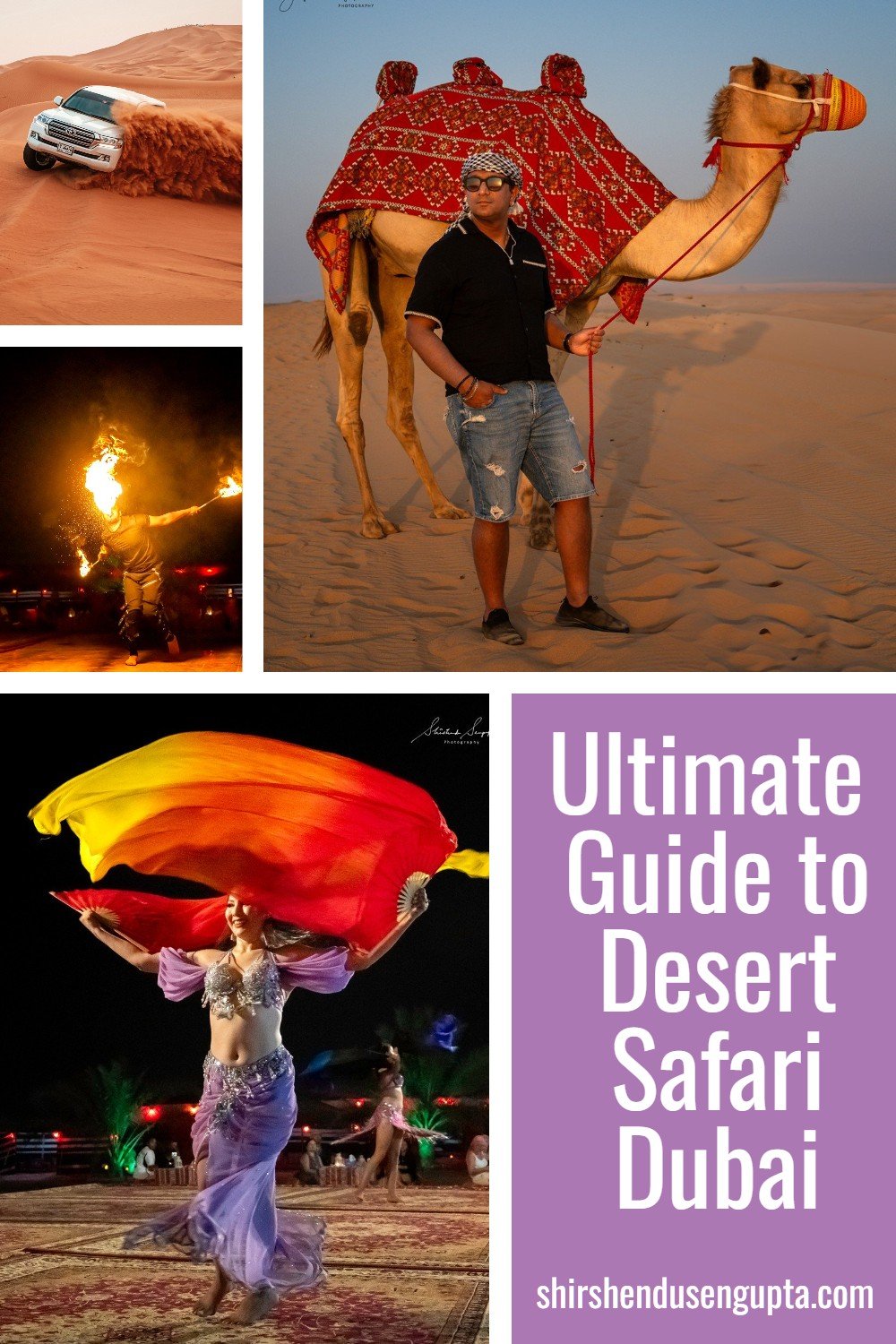
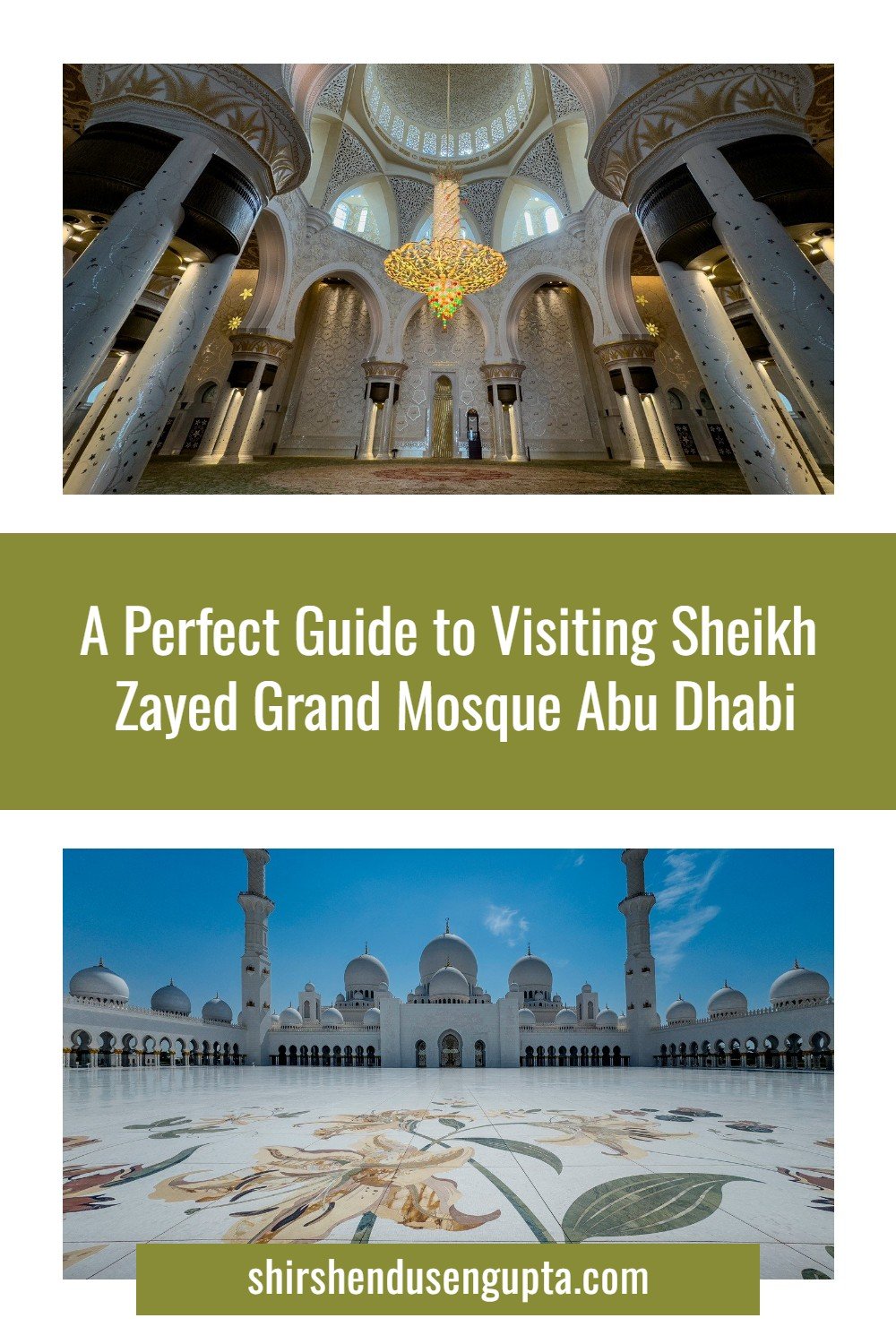
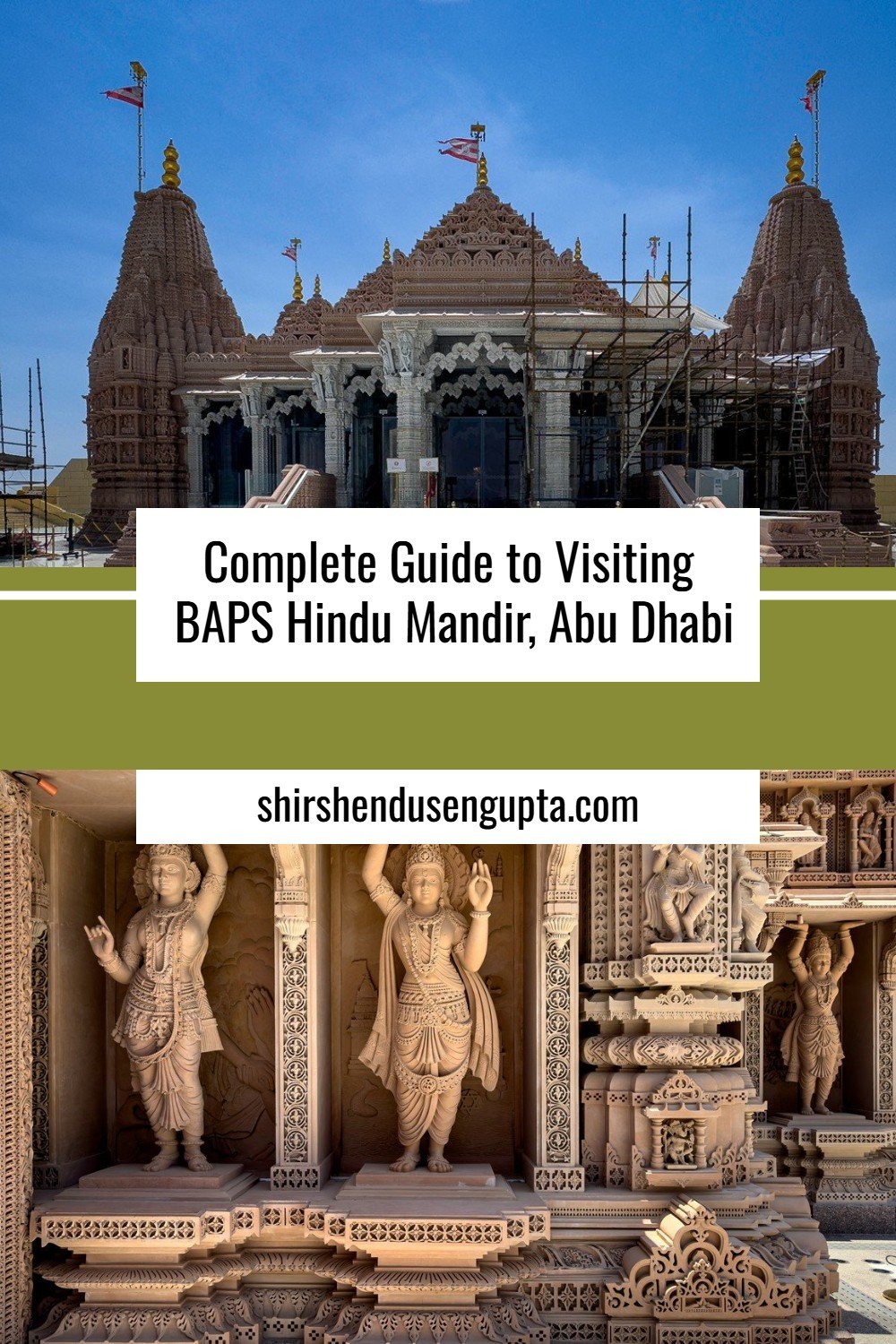
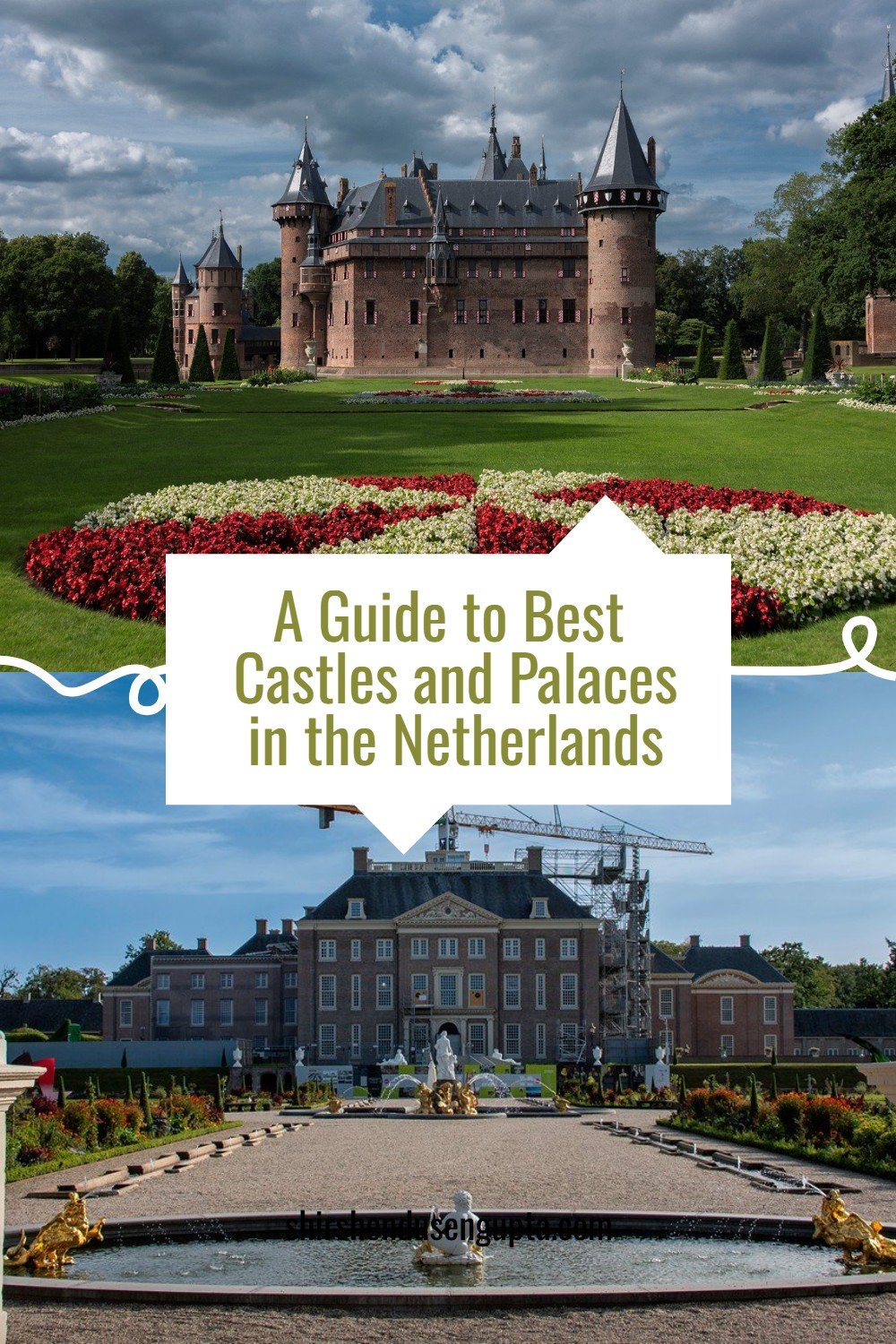
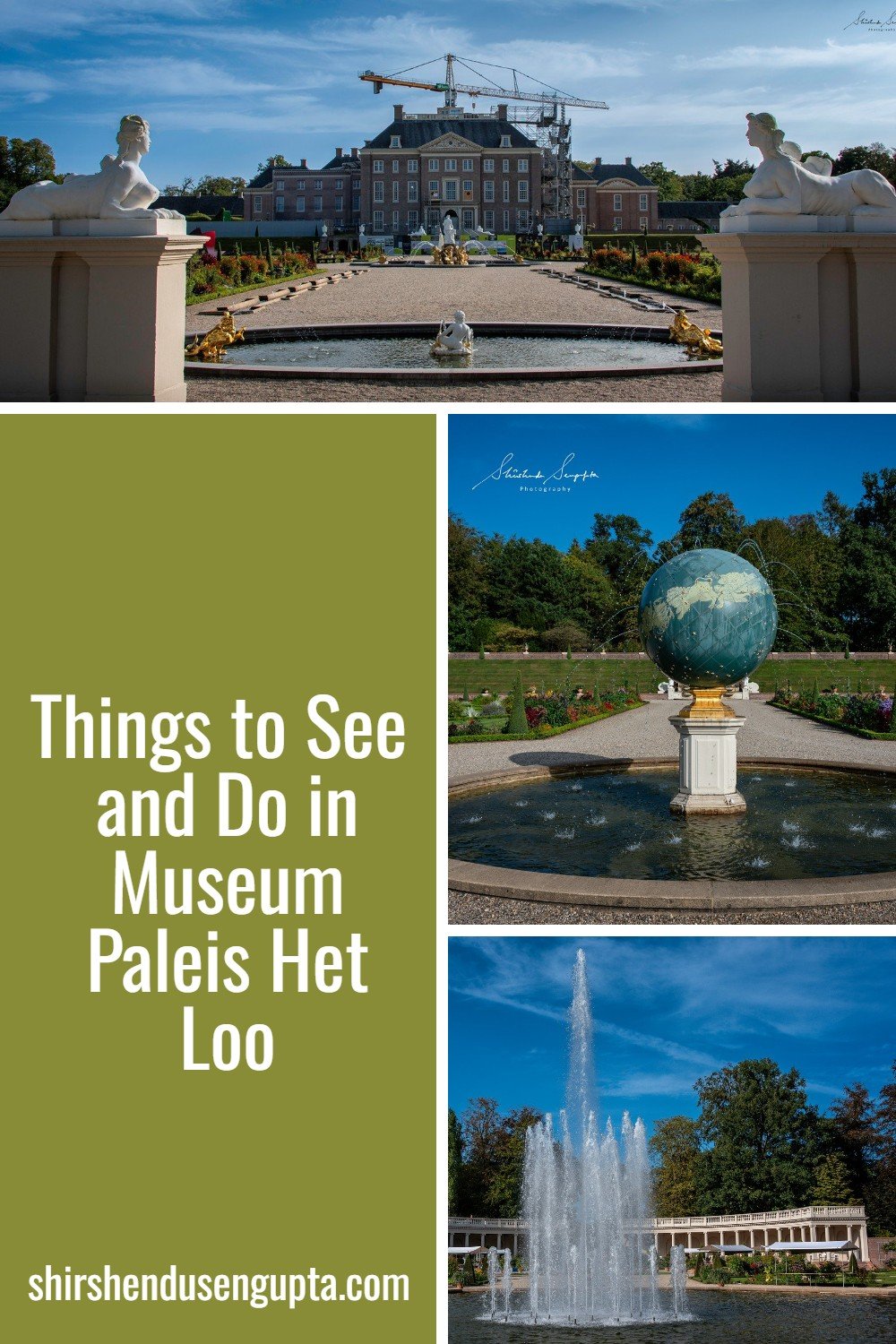
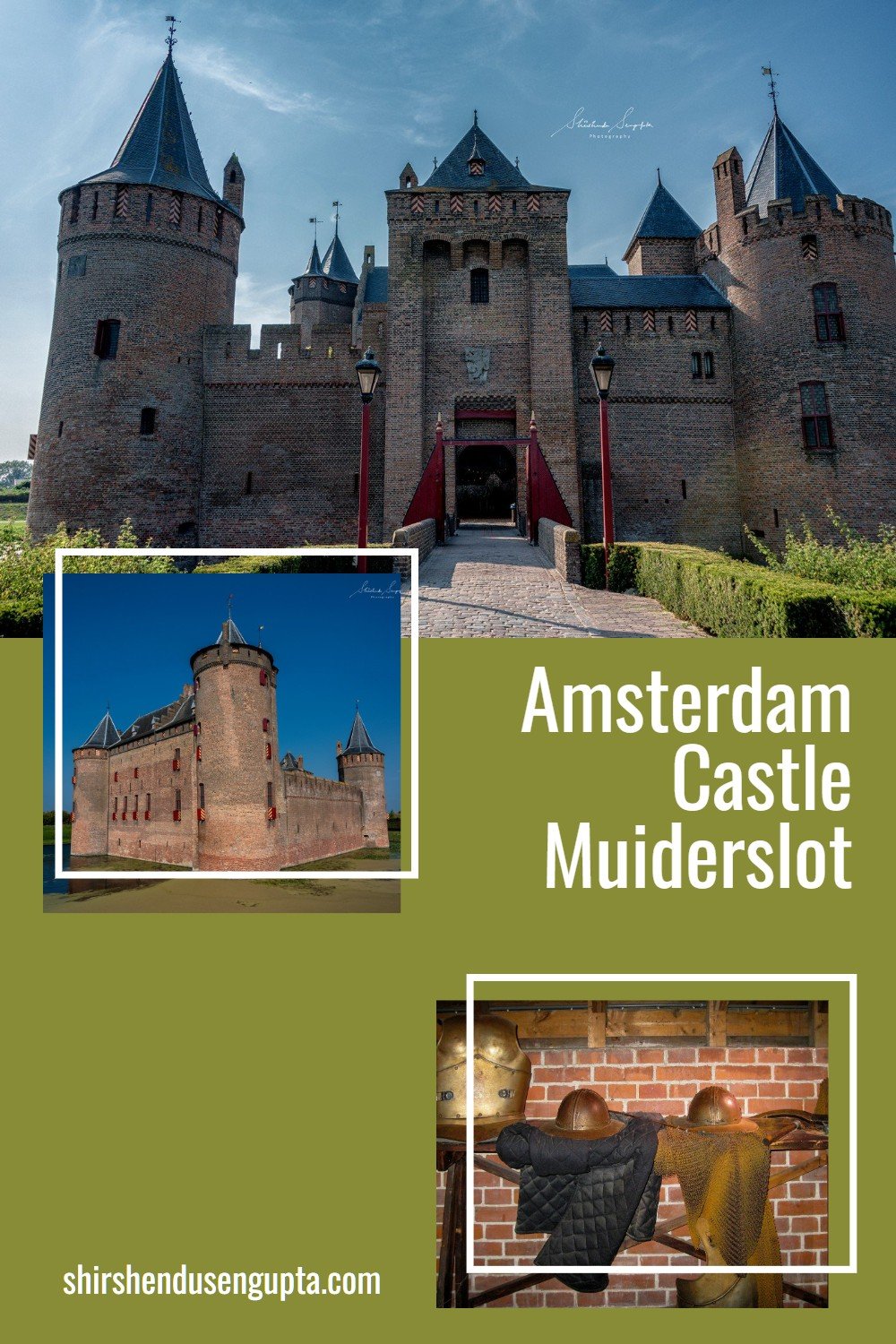
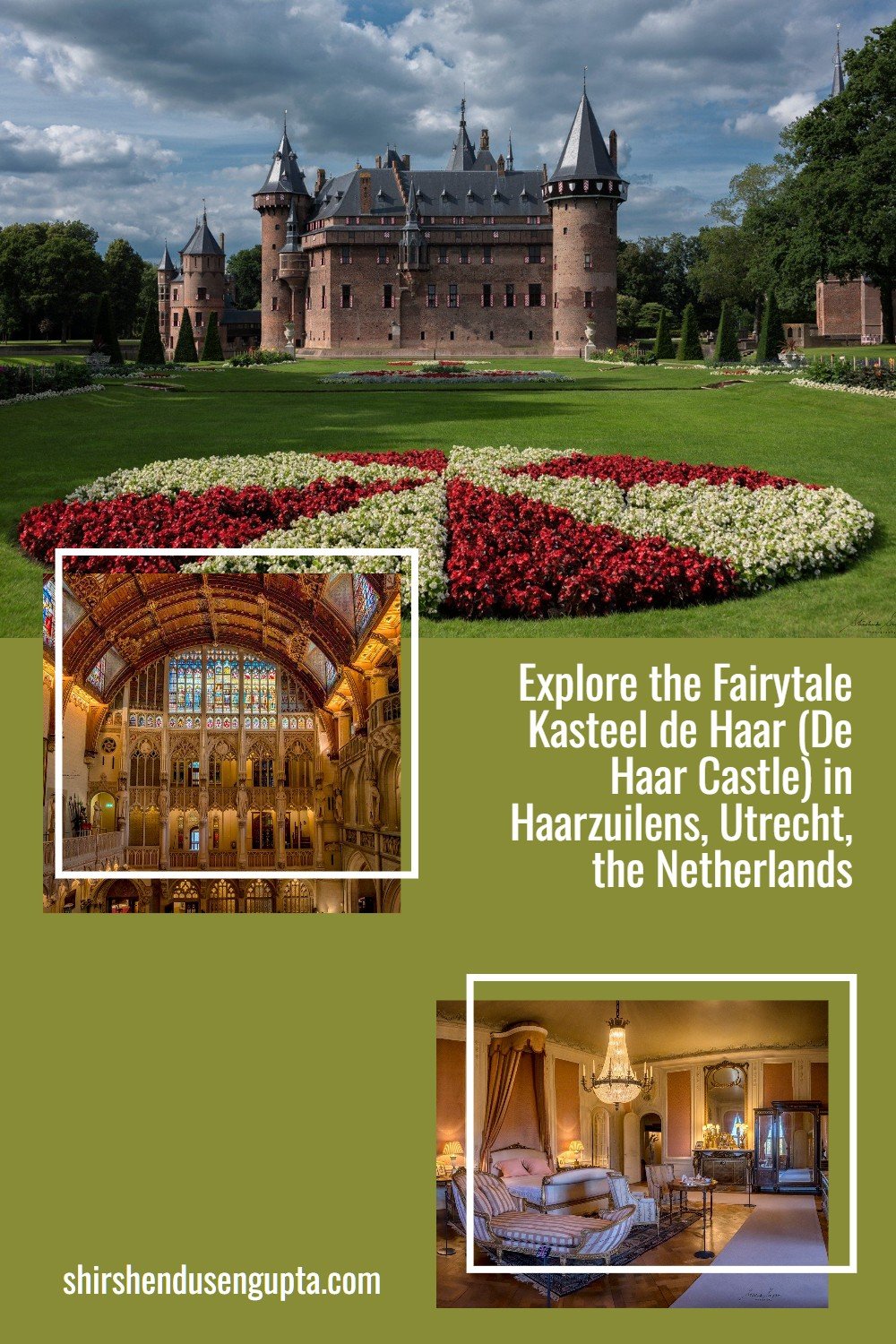
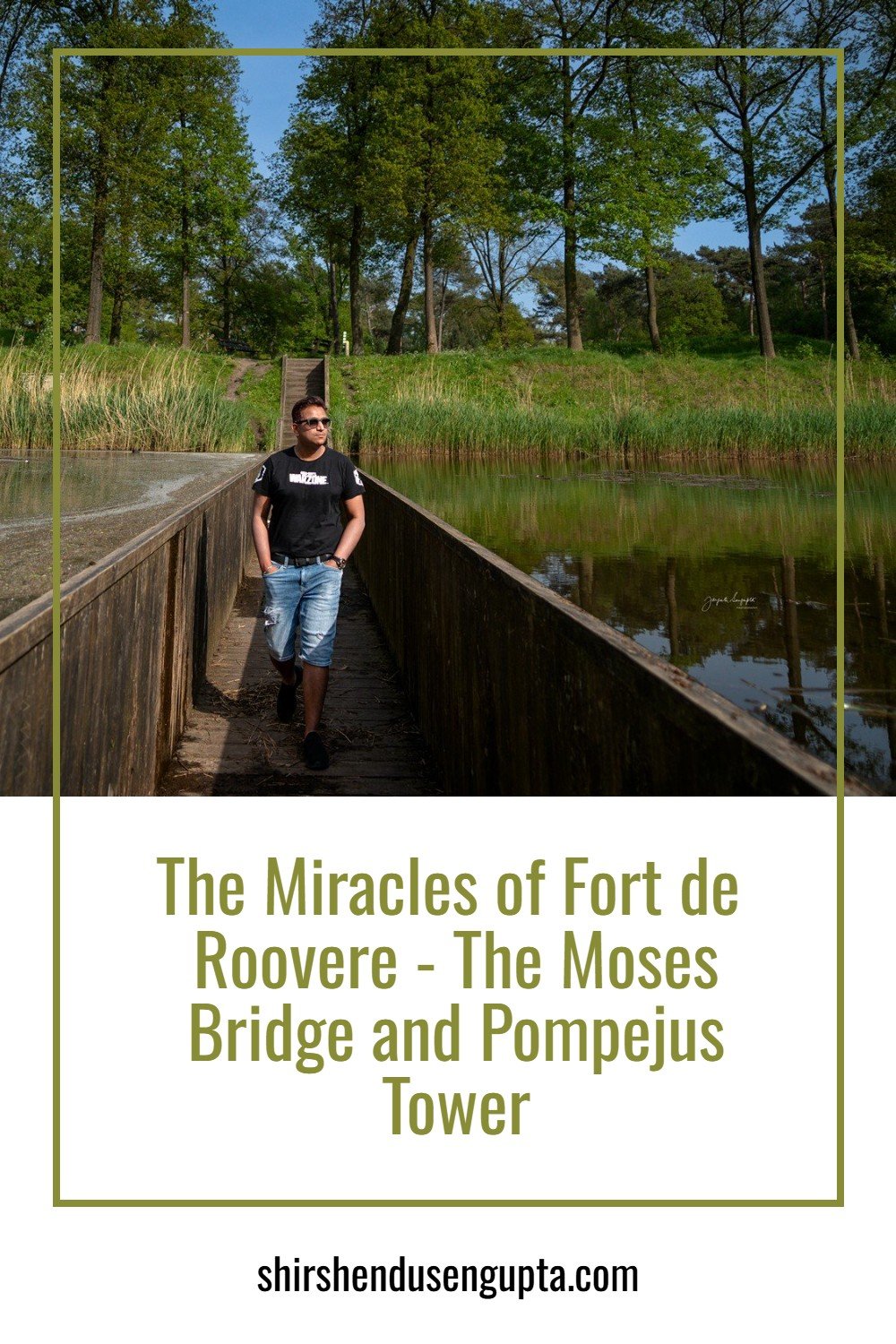
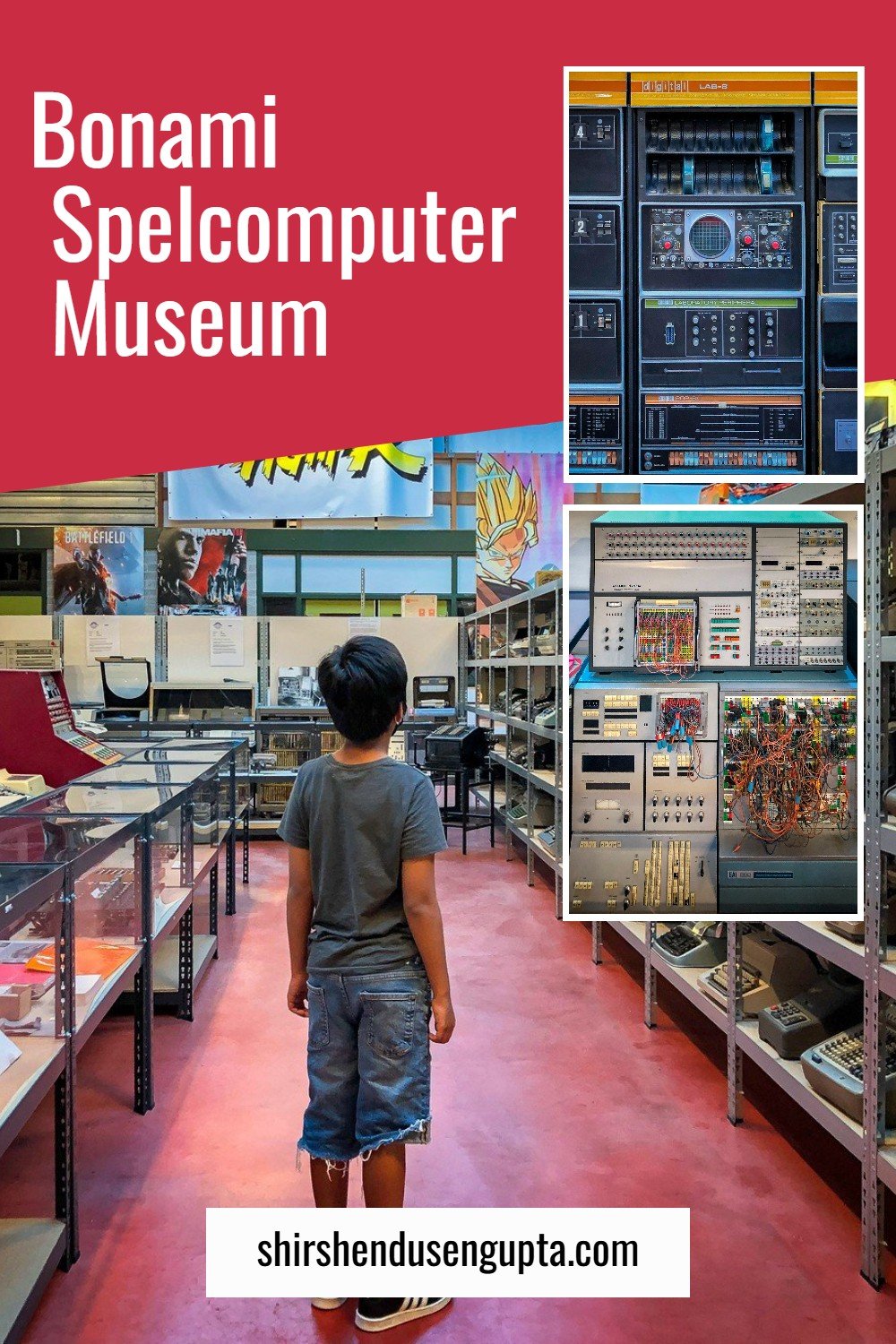
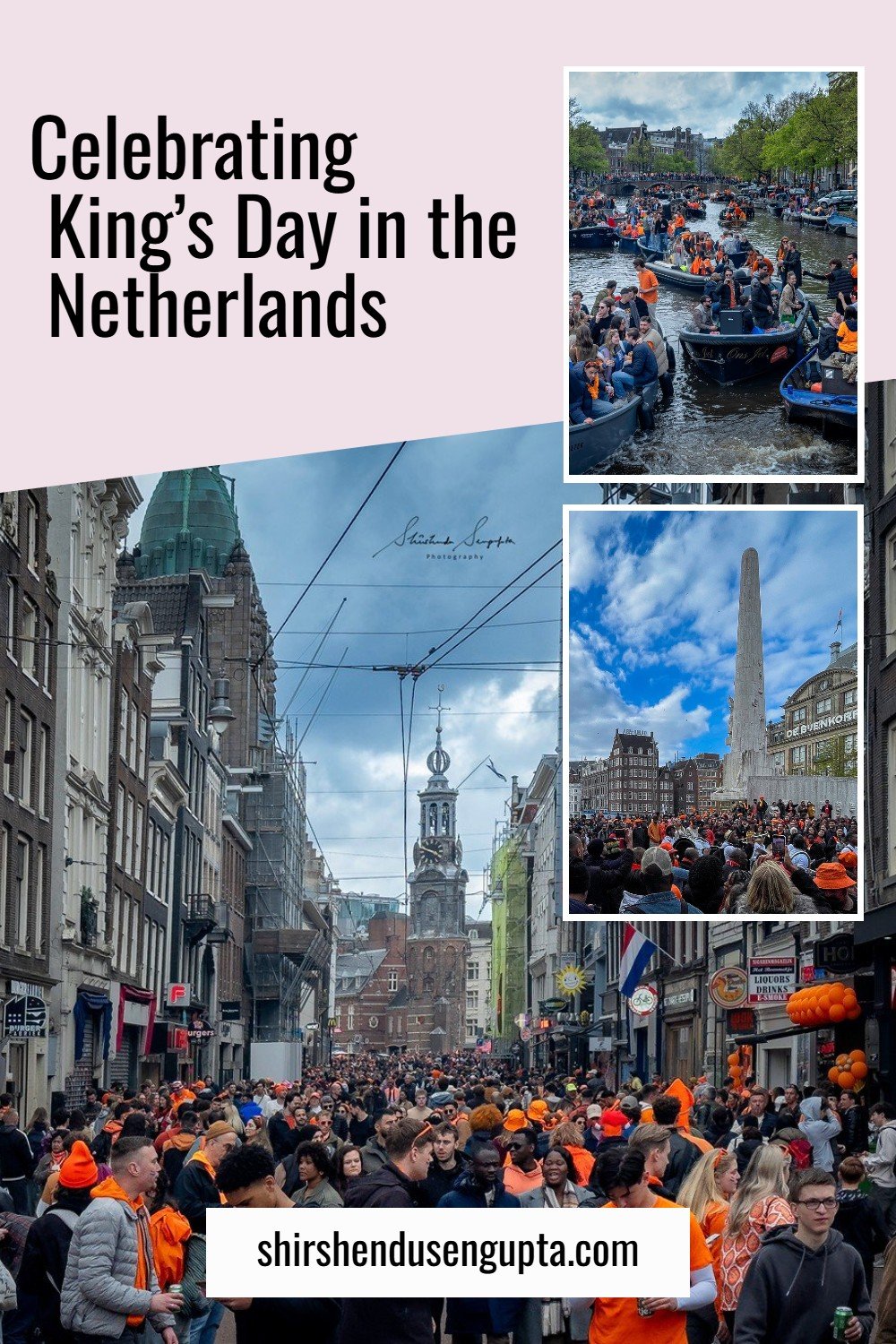
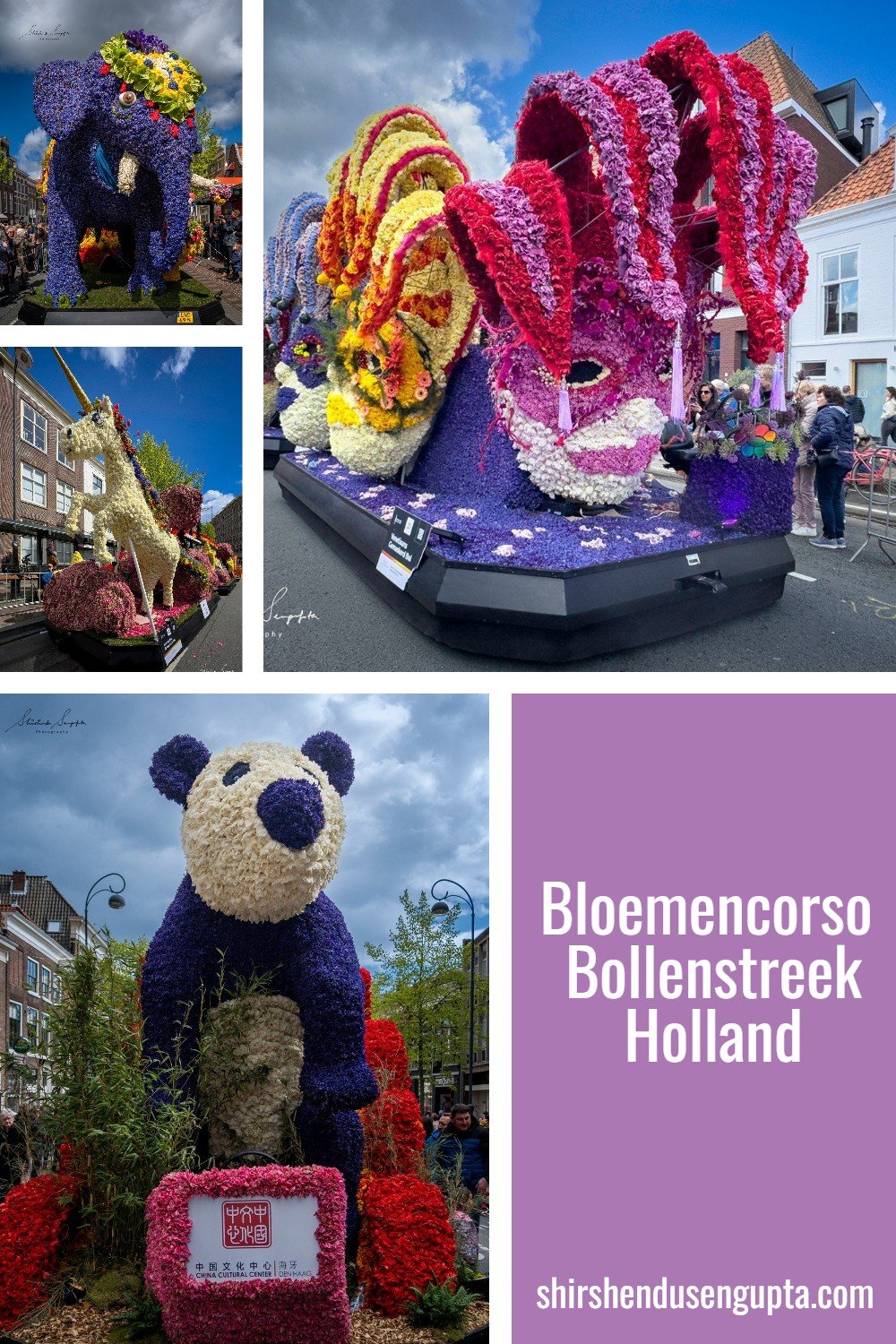
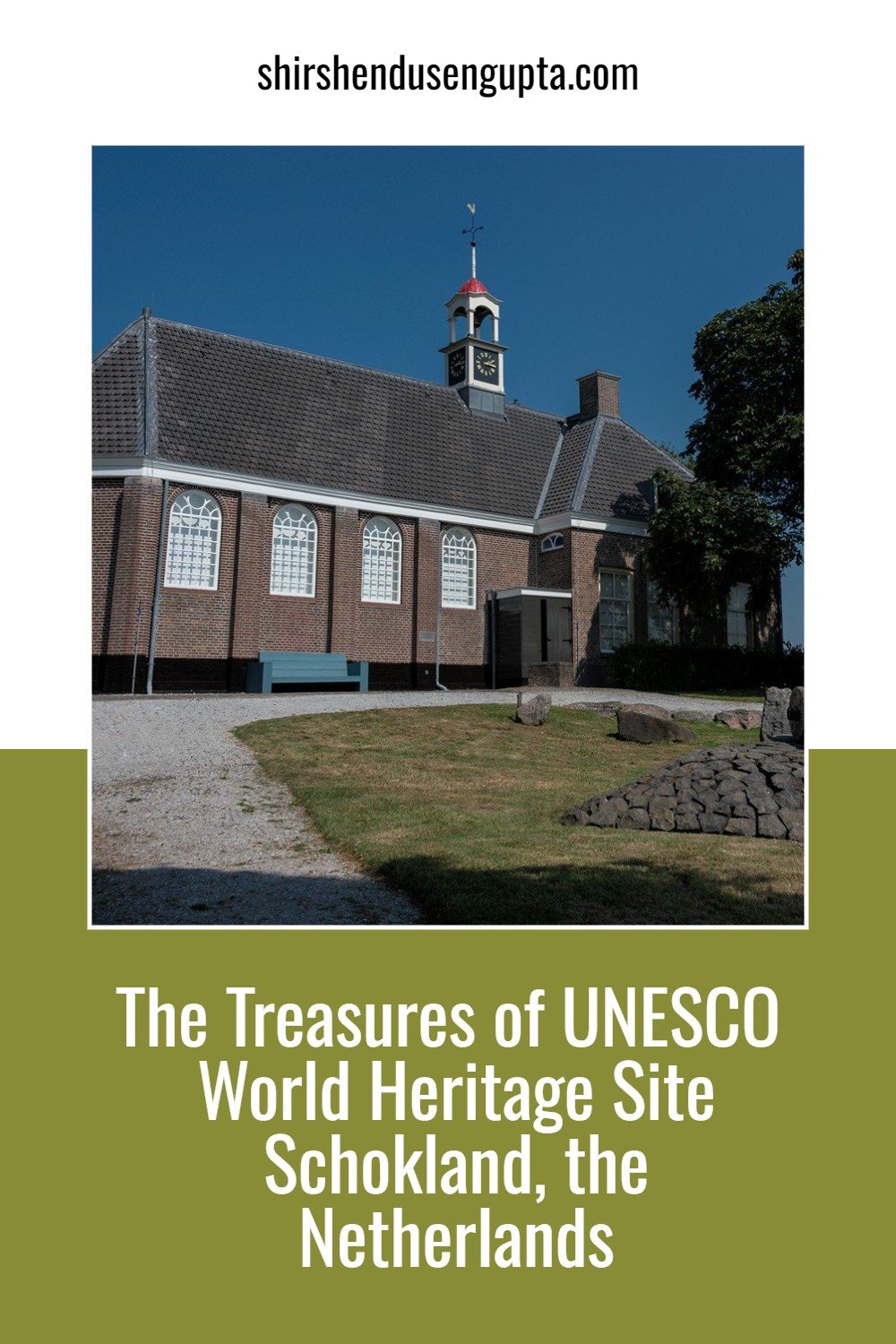
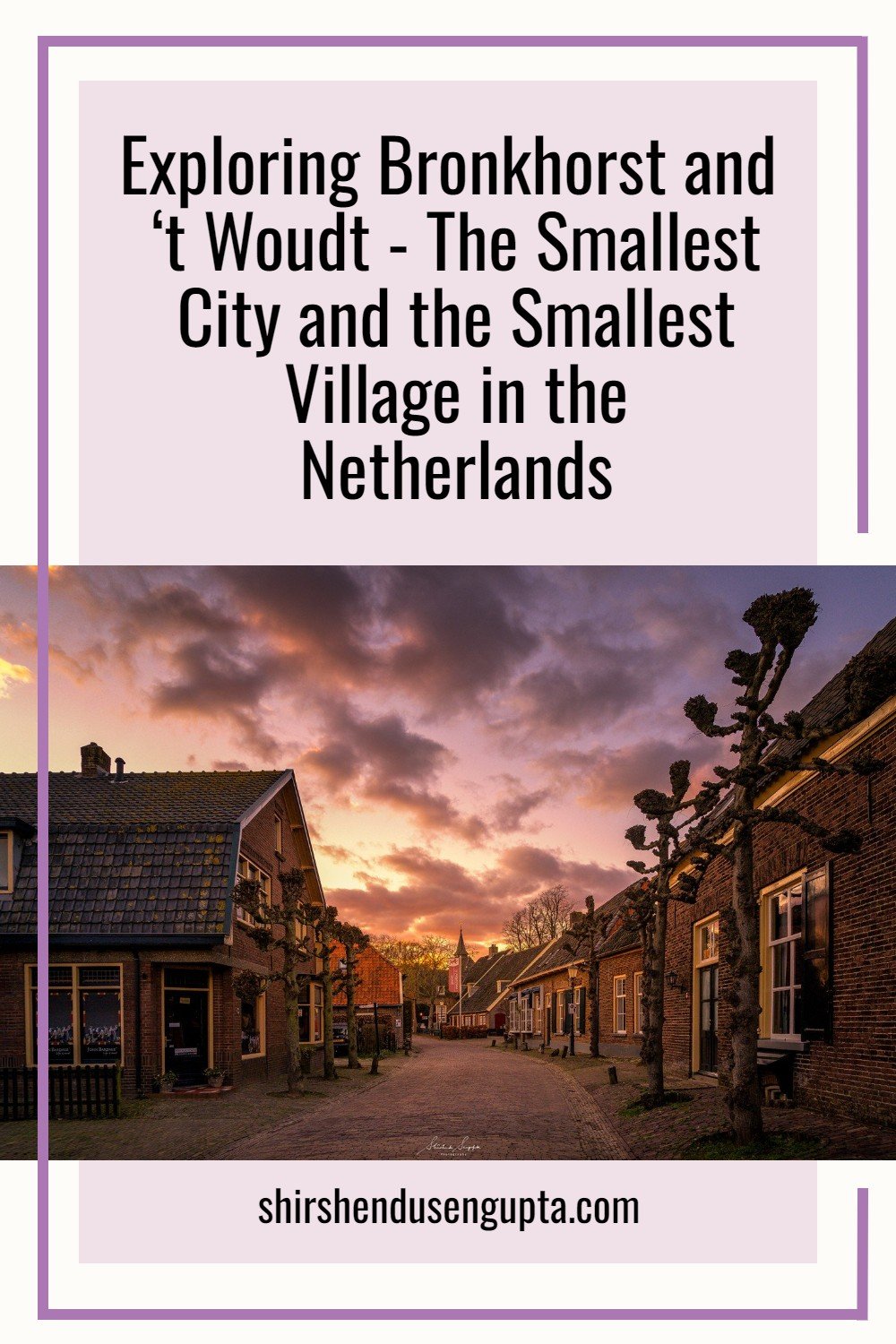
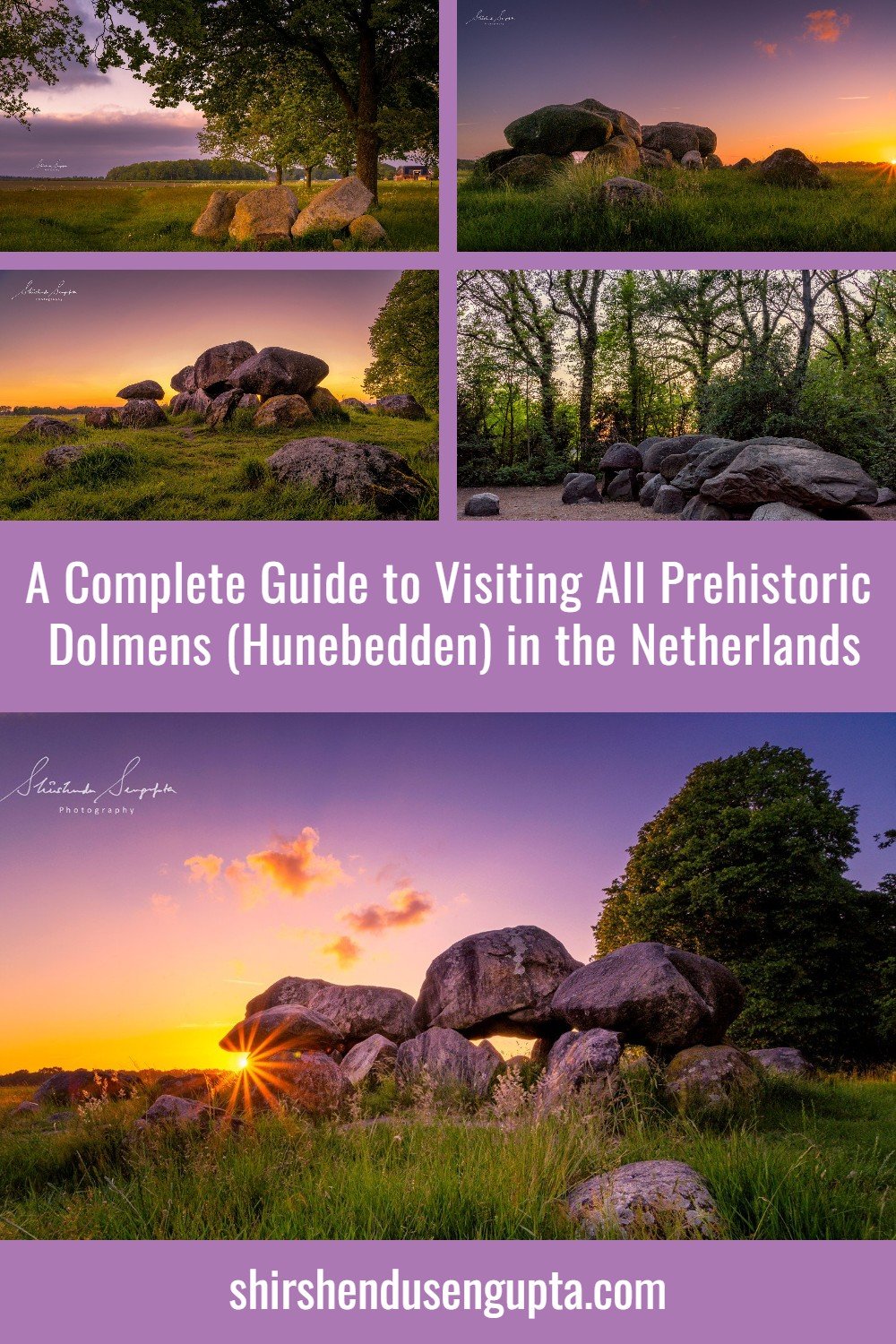
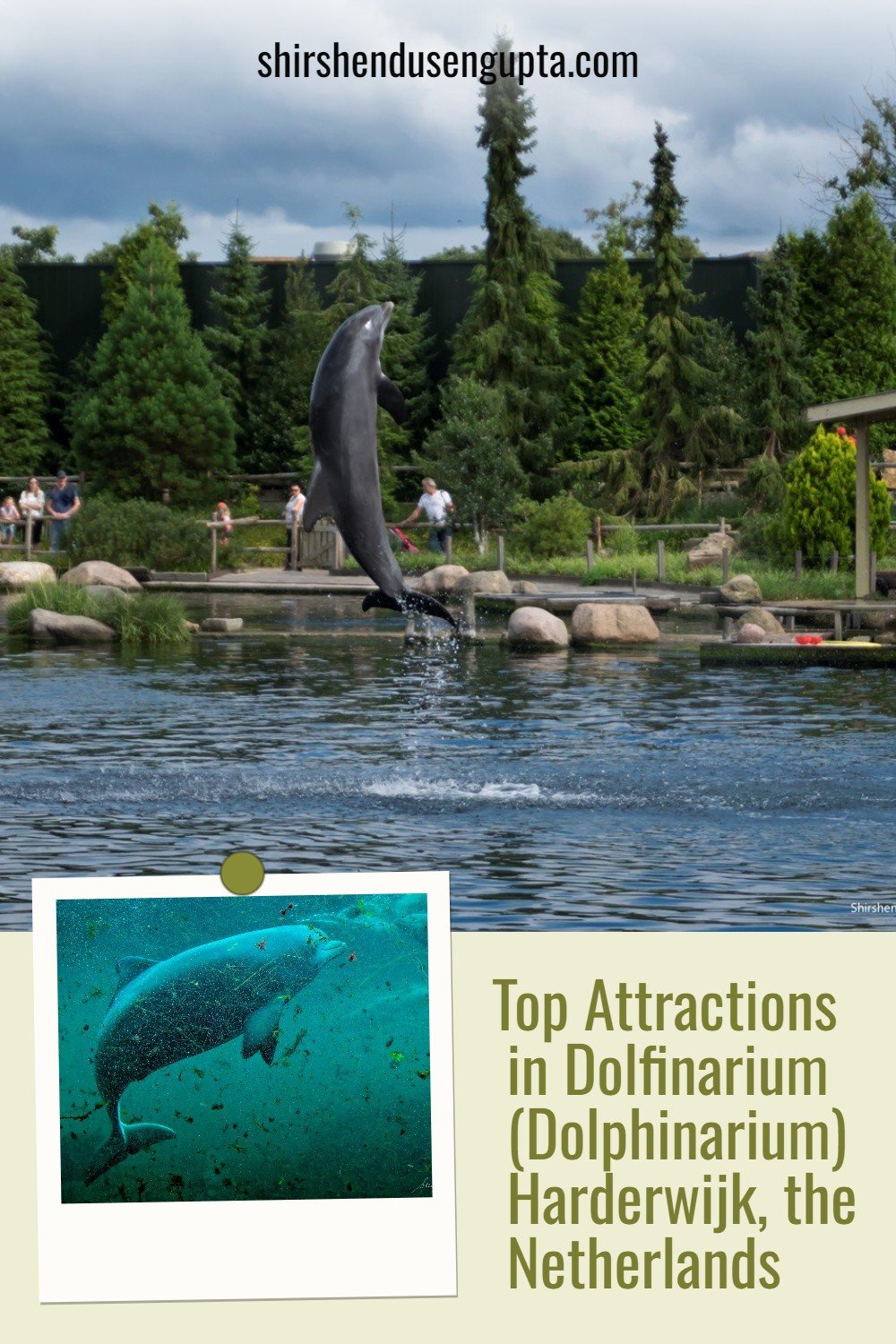

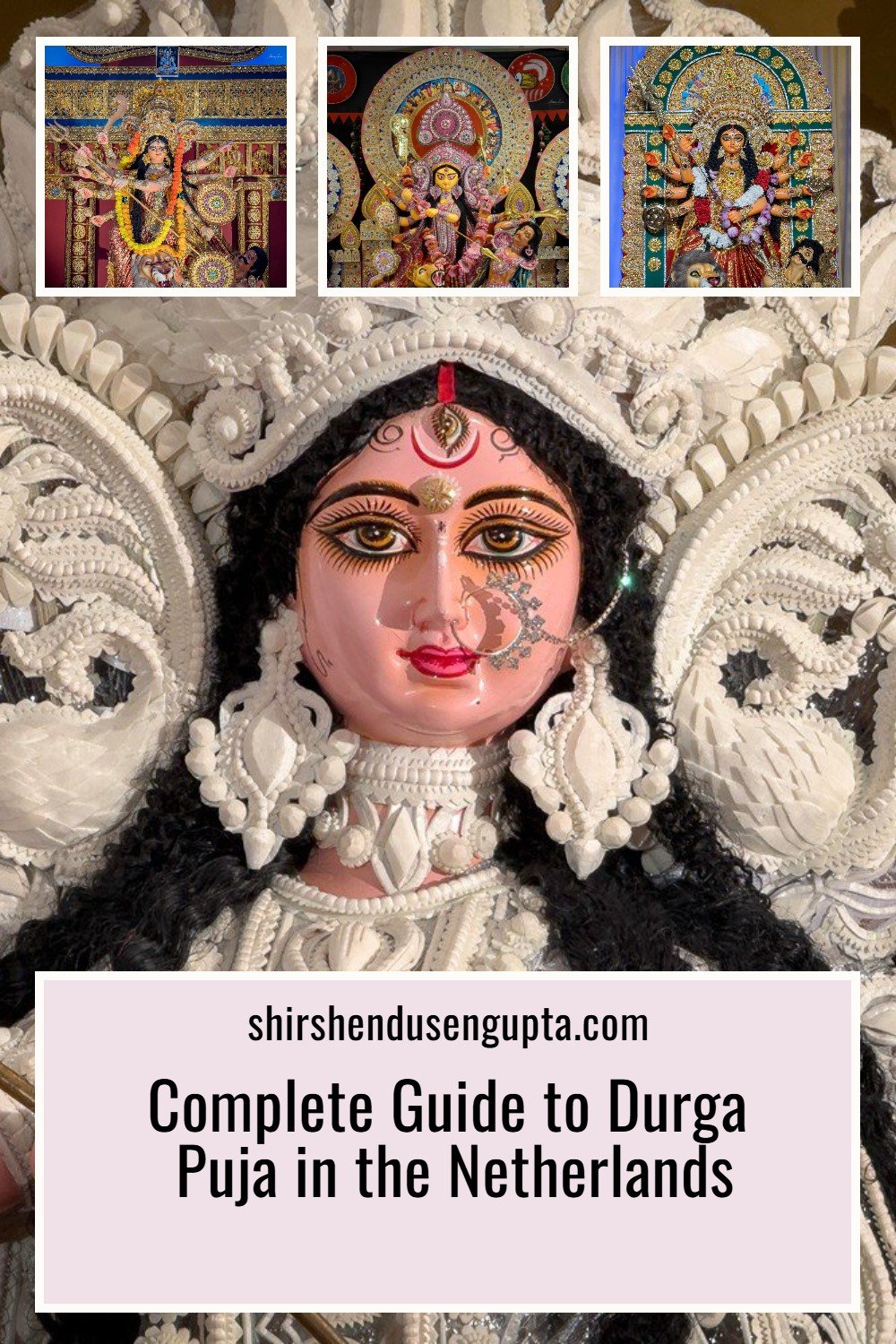
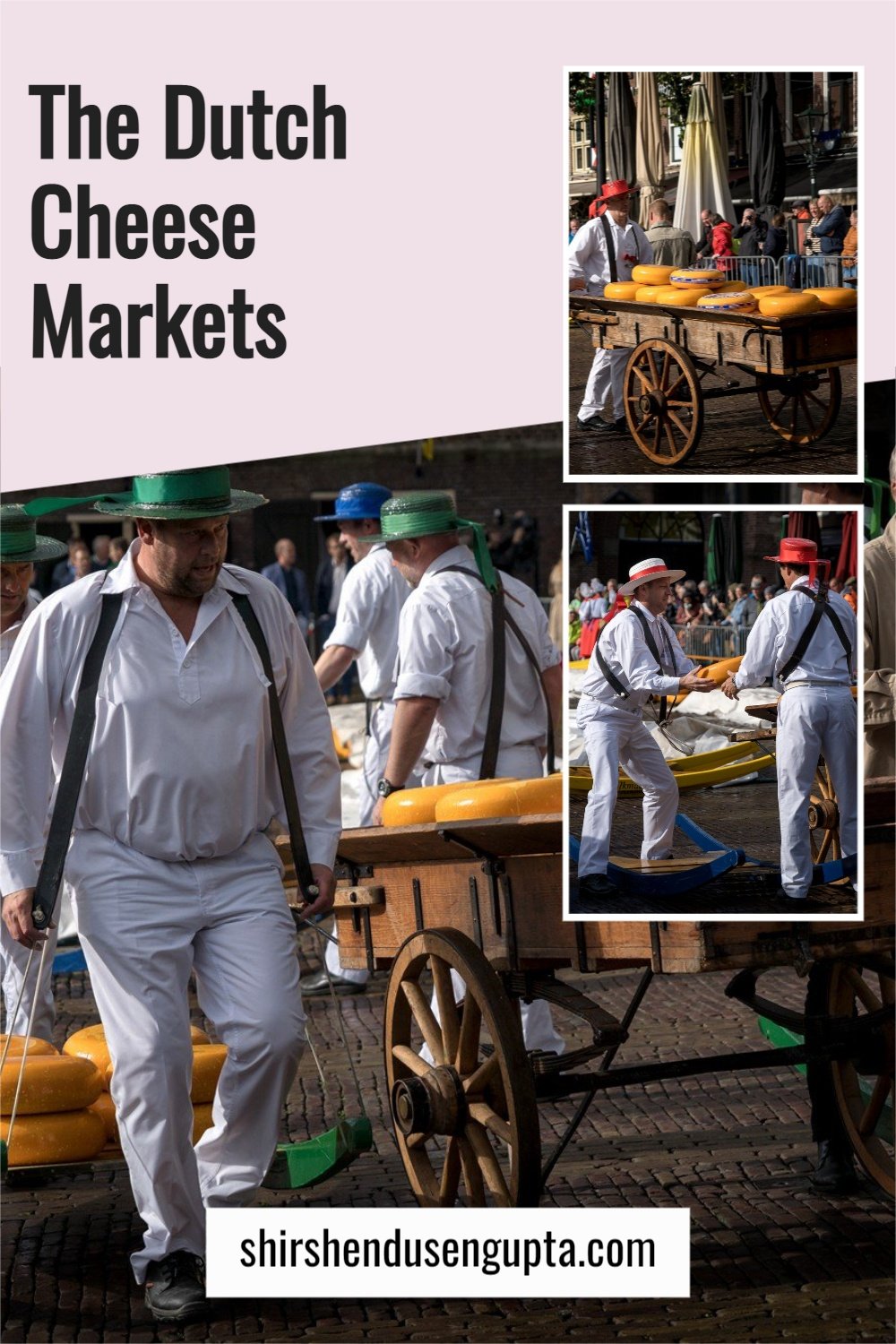
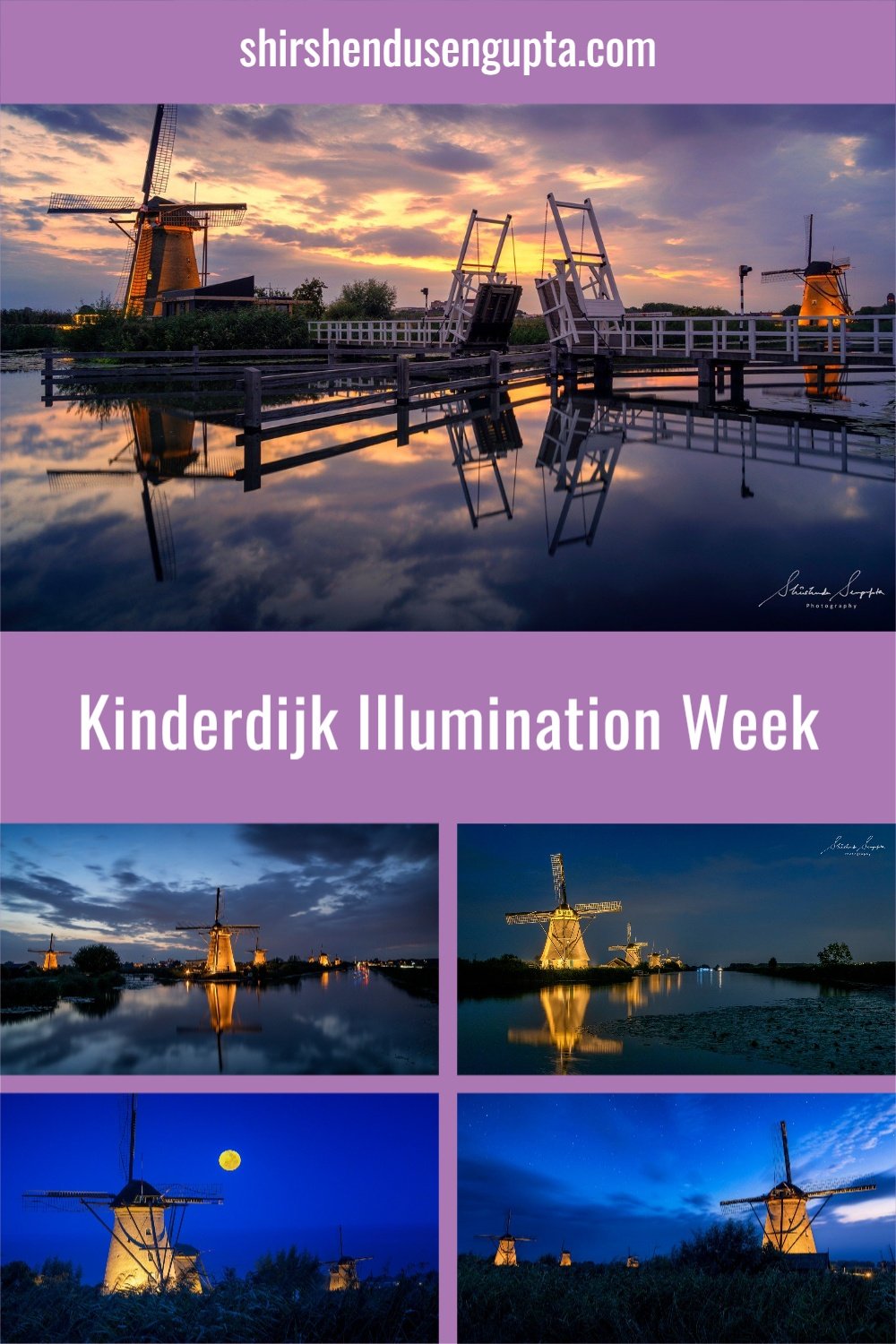
During the tenth labor of Hercules, which was to retrieve the cattle of Geryon, a fearsome giant, he had to pass through the Atlas Mountains, then thought to be the edge of the known world. Legend has it that instead of scaling the mighty mountain range, Hercules smashed through it with his superhuman strength, creating the Strait of Gibraltar and separating Europe from Africa. The Caves of Hercules are said to be the place where he rested after this heroic act before moving on towards his eleventh labor, i.e., stealing the Apples of the Hesperides.